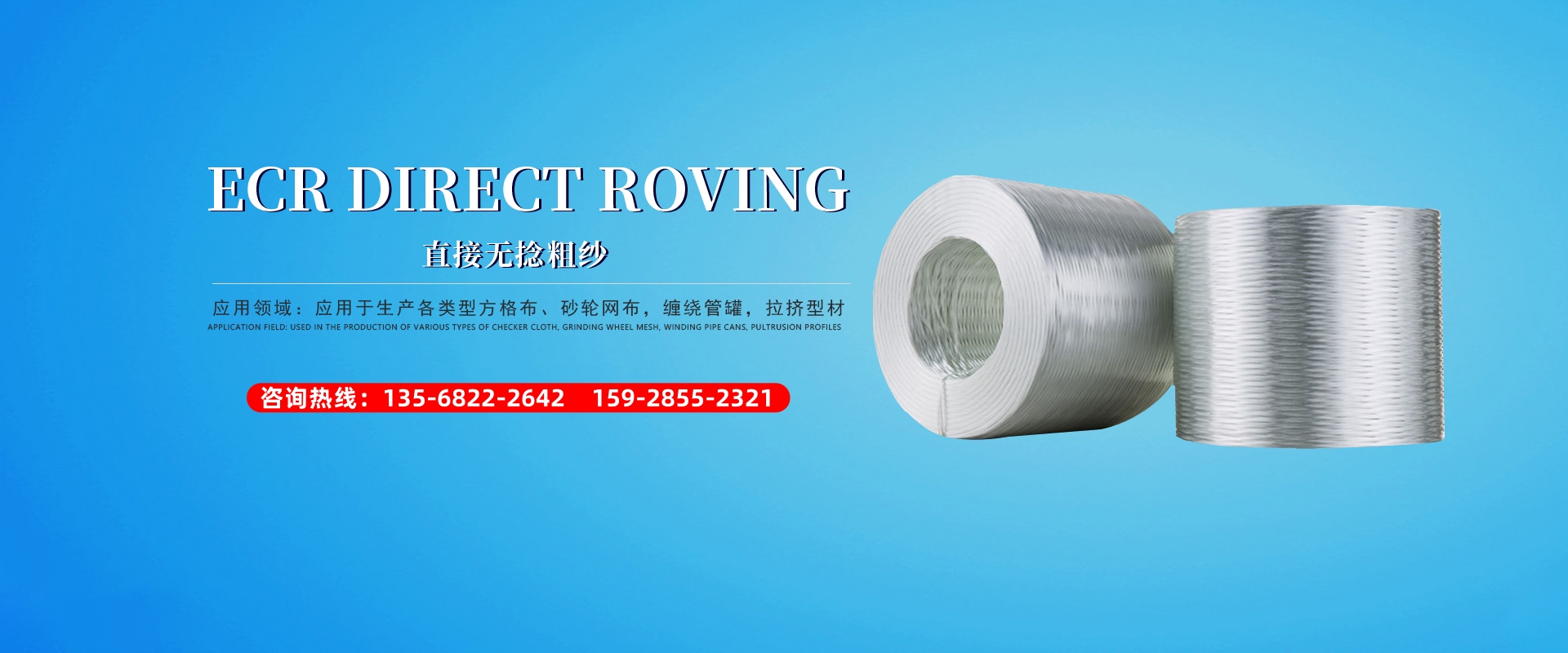Precautions for glass fiber cloth construction
Source:
sd875.cn Release date: 2023-02-15
When lapping the grid cloth, the general requirement is not less than 50mm. In the thermal insulation construction, the special parts prone to cracks are also strengthened.
When lapping the grid cloth, the general requirement is not less than 50mm. In the thermal insulation construction, the special parts prone to cracks are also strengthened.

For example, in the practice of the first layer, double-layer glass fiber gridding cloth is generally laid in the anti-crack layer, and metal corner protection is added at the internal and external corners. Local reinforcement treatment shall be carried out for special parts such as window overhang, parapet, plinth, deformation joint, settlement joint, etc. The outer wall grid cloth is required to cover the edges and corners and other parts that are easy to crack, such as door and window openings, and the strengthened grid cloth shall be attached at an angle of 45 degrees, so that the temperature stress can be dispersed not only vertically and horizontally, but also in the direction of 45 degrees, so that the temperature stress can be more widely distributed, This ensures that these easily cracked parts will not crack. The anti-crack protective layer should not be too thick, and the position of the alkali-resistant plastic-coated glass fiber mesh pressed into it should be reasonable, that is, the grid cloth should be close to the surface of the anti-crack protective layer, and it is best to be exposed but not exposed, so that the grid cloth can fully play its role, especially to well disperse the stress generated in the thermal insulation layer and anti-crack protective layer.
 135-6822-2642
135-6822-2642
 135-6822-2642
135-6822-2642

